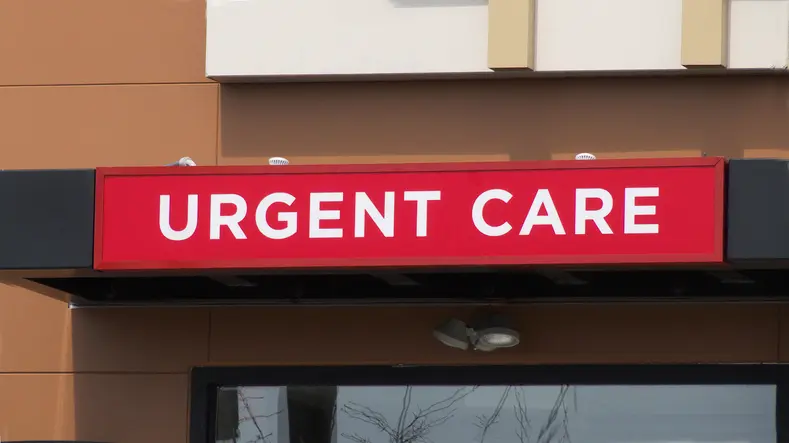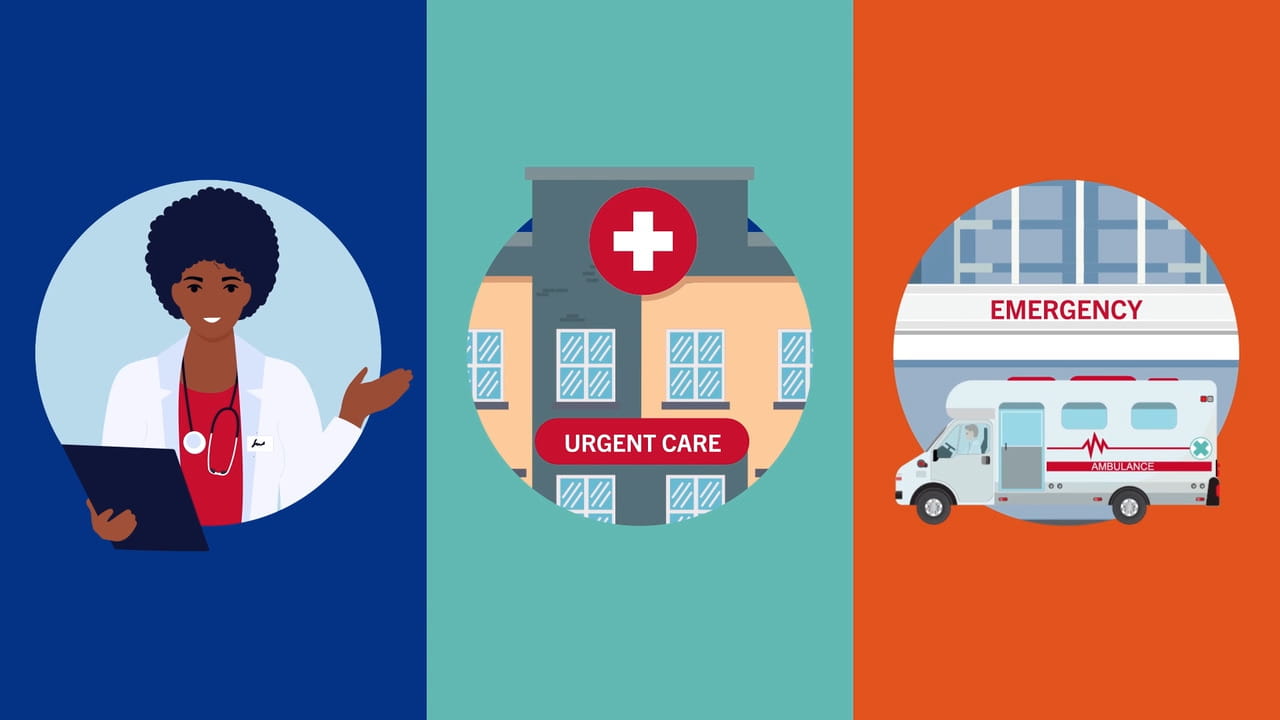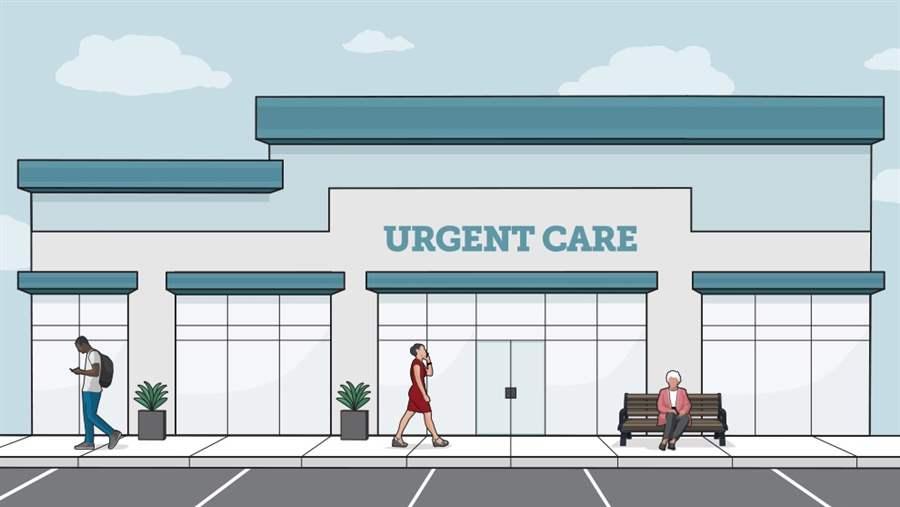Urgent Care vs. Primary Care: Which Is Right for Your Demands?
Urgent Care vs. Primary Care: Which Is Right for Your Demands?
Blog Article
Comprehending the Value of Urgent Care Providers for Non-Life-Threatening Medical Issues
The relevance of urgent care services for non-life-threatening medical concerns can not be overstated, particularly in today's health care landscape. By understanding the benefits of immediate treatment, such as reduced wait times and cost performance, one can much better value their duty in patient health administration.
What Is Urgent Care?
Urgent treatment refers to a category of medical services made to attend to non-life-threatening conditions that require instant interest yet do not require a see to the emergency clinic. These centers give a bridge between health care and emergency situation services, using available health care choices for people experiencing severe clinical concerns, such as minor cracks, strains, infections, or extreme diseases that emerge all of a sudden.

The scope of services given by immediate treatment facilities can differ yet usually includes therapy for usual ailments like colds, flu, and allergies, as well as minor injuries (urgent care). Additionally, lots of urgent treatment facilities use preventative solutions, such as inoculations and physical exams, to attend to broader health and wellness requirements. By using a convenient option for immediate clinical problems, these facilities play an important function in the healthcare continuum, making sure that patients receive appropriate treatment when they need it most
Benefits of Urgent Care Services
Many people discover that using urgent care services gives considerable benefits over traditional emergency clinic check outs or waiting on a primary care visit. One key benefit is the reduced delay times. Immediate care centers typically have shorter delay periods, permitting people to receive timely medical attention when they need it most. This expedited treatment is specifically handy for non-life-threatening problems that call for timely treatment.
Another benefit is the prolonged hours of procedure. Many immediate care centers are open nights and weekend breaks, accommodating people that might not be able to see their key treatment medical professional during routine workplace hours. This versatility makes it easier for clients to gain access to treatment at their convenience.
Additionally, urgent care solutions commonly provide a cost-efficient option to emergency situation spaces. When looking for therapy for minor conditions at urgent care centers instead than medical facility emergency situation departments., people often deal with lower co-pays and overall expenses - urgent care.
Lastly, immediate treatment facilities are geared up to handle a range of non-life-threatening issues, supplying a wide series of services under one roofing system. This thorough approach not just improves the treatment process yet likewise enhances person fulfillment by providing efficient and prompt care.
Typical Problems Treated
What kinds of non-life-threatening conditions can clients anticipate to get therapy for at urgent treatment? Immediate care facilities are geared up to take care pop over to this site of a broad range of common medical issues that call for prompt focus but do not present an immediate hazard to life. These centers commonly deal with problems such as minor fractures, strains, and pressures, supplying crucial look after injuries that happen throughout day-to-day activities or sporting activities.
Furthermore, individuals regularly seek treatment for respiratory system infections, including colds, influenza, and respiratory disease, where prompt intervention can ease symptoms and stop complications. Skin disease such as breakouts, insect attacks, and minor burns are likewise typically dealt with, as timely treatment can alleviate discomfort and minimize the threat of infection.

Contrasting Urgent Care and Emergency Areas

One significant difference exists in wait times; immediate care facilities commonly have shorter delay times compared to emergency clinic, which can be crowded with even more essential cases. This effectiveness allows individuals to get timely view it therapy for their conditions.
From a monetary perspective, immediate treatment sees tend to be more economical than emergency room brows through. Insurance policy additional resources copays and out-of-pocket expenses are typically lower at immediate care facilities, making them a more affordable option for non-emergency scenarios.
Exactly How to Choose an Urgent Care Center
Choosing the appropriate urgent treatment facility can dramatically improve the quality of care obtained during a non-life-threatening clinical issue. When selecting an immediate care facility, numerous essential variables ought to be considered.
First, evaluate the center's certification and licensing. Some immediate care facilities specialize in particular locations, while others give comprehensive care for different clinical concerns.
In addition, consider the location and hours of operation. A comfortably situated center with extended hours can be important for prompt treatment. It's additionally advisable to check the facility's wait times and patient reviews, which can give understandings right into the total person experience.
Verdict
In verdict, immediate care solutions play a crucial role in addressing non-life-threatening clinical problems efficiently. Inevitably, comprehending the significance of immediate care facilities adds to enhanced medical care administration and client contentment.
Lots of individuals discover that making use of urgent treatment solutions offers substantial advantages over traditional emergency area gos to or waiting for a key care visit. Several urgent care facilities are open evenings and weekend breaks, suiting individuals who might not be able to see their main treatment physician during routine workplace hours. Immediate care centers are created to resolve non-life-threatening conditions, such as minor fractures, infections, and health problems, supplying a convenient option to emergency situation areas for those in demand of immediate care. Some urgent care facilities specialize in certain locations, while others give thorough care for various clinical problems.
Report this page